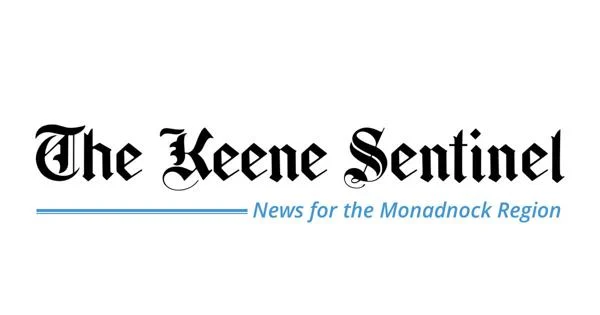Copyright trinidadexpress

I WRITE in the wake of Friday, October 31, 2025, when the public became aware—largely through unofficial channels—that the Trinidad and Tobago Defence Force (TTDF) had been ordered to report to base and placed on high alert. It was later confirmed that the Trinidad and Tobago Police Service (TTPS) had restricted leave of officers. For several hours it seemed that no one could get accurate information from official sources. Schools and businesses across the country dismissed early amid widespread alarm and, in a perfect storm (pun intended), torrential rains added to the chaos. Casting our minds back ten years to July 24, 2015, when three inmates armed with handguns and a grenade escaped from the Port of Spain Prison—killing a police constable and injuring a prison officer—a similar communication void occurred. In the hours that followed, citizens were left anxious and confused, with little timely official information about the scope of the threat. The silence created a vacuum that quickly filled with rumour, speculation, fear—and ultimately, panic. The events of 2015 and 2025 reveal a persistent weakness in our national communication systems: the failure to speak early, clearly and consistently. While security considerations demand discretion, public reassurance must never be an afterthought. It is worth noting that our weather-related communication—particularly through the Meteorological Service and the Office of Disaster Preparedness and Management (ODPM)—has become a model of steady, reliable public information. Over time, these agencies have built credibility through regular updates, clear alerts and a consistent tone. The ODPM’s Public Alert Notification System (PANS), which issues emergency alerts via SMS, e-mail and voice messages, is a valuable step in that direction. However, because it remains an opt-in service, many citizens may still be left out. By its very nature, a national alert system should be universal, not selective. Working with local telecom providers to enable automatic, cell-broadcast alerts to all active mobile devices would ensure that no one is left out when seconds matter most. What is now needed is a holistic, whole-of-government approach to public communication—one that integrates national security, disaster preparedness, health and infrastructure agencies within a unified framework of information-sharing and citizen engagement. Such an approach would strengthen resilience by ensuring that citizens, institutions and the media all operate from a single source of verified truth. Within that framework, a proactive communications protocol would: 1) guarantee an official statement within a defined timeframe whenever an alert or national emergency posture is activated 2) identify and publicise primary communication channels—verified websites and social-media accounts of the Government and all relevant State agencies, including the TTDF, TTPS, ODPM, Ministry of Health, Ministry of Works and Transport, and local government authorities—together with secondary broadcast partners for simultaneous release 3) enlist local telecommunications providers to implement a universal public-alert system (via SMS or other cell broadcast) delivering concise, factual updates until an “all clear” is issued. Nature abhors a vacuum—and in the digital age, that vacuum is filled instantly by social media. When official voices fall silent, online speculation, misinterpretation and unverified “inside information” flood WhatsApp and Facebook faster than fact. What begins as uncertainty quickly becomes national anxiety, triggering school and business closures, traffic chaos, panic buying and a dangerous erosion of trust in institutions. We have also been fortunate, thus far, that such panic has not resulted in loss of life. The events of October 31 were a vivid reminder: if the State does not control the message, the rumour mill will. In moments of uncertainty, information is national infrastructure. A modern nation requires not only strong institutions but also an informed, confident citizenry. Calm, coordinated and credible communication preserves order, confidence and public trust. I therefore join other commentators in urging the Prime Minister’s Office and the ministries responsible for national security to adopt and publish a Proactive Communications Protocol for National Alerts as part of a broader, integrated communication framework, ensuring that clarity, not silence or rumour, guides the public the next time an emergency arises. Derwin Howell



